Making the Most of Your Rabbit Hay Feeder: Maintenance and Cleaning Tips
Maximize your rabbit hay feeder's benefits with top maintenance and cleaning tips. Keep it efficient and hygienic for happier bunnies!
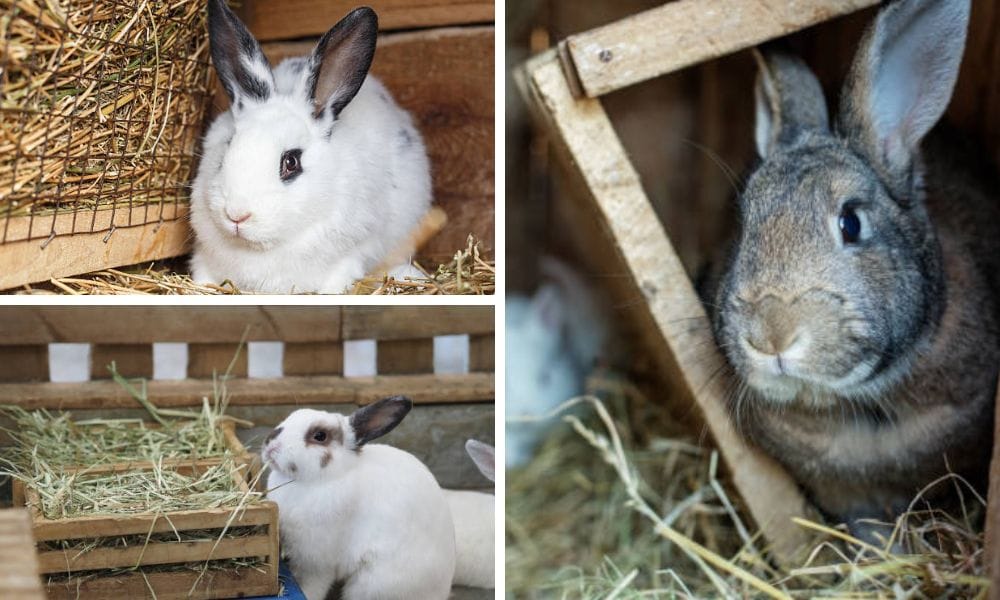
Rabbits are delightful companions that bring joy and happiness to our lives. As responsible pet owners, it’s essential to ensure that our furry friends have access to fresh, clean hay at all times, which is where a rabbit hay feeder comes into play. Not only does a hay feeder help keep their enclosure tidy, but it also promotes healthy eating habits. Additionally, using a hay feeder effectively prevents waste and mess, ensuring that the rabbits have access to clean hay while reducing the concerns of soiling and dirty ingestion. However, to make the most of your hay feeder, regular maintenance and cleaning are crucial. In this article, we’ll explore practical tips to keep your rabbit’s hay feeder in top condition.
Key Takeaways:
- Learn how to maintain and clean your rabbit's hay feeder effectively.
- Discover the importance of choosing the right material and quantity of hay for your bunny's health.
- Understand how to keep your rabbit happy and healthy with a well-maintained hay feeder.
Selecting the Right Hay Feeder for Your Rabbit
When choosing a hay feeder for your rabbit, consider the material and design that will best suit your bunny's needs. A rabbit wood hay feeder is a popular choice due to its durability and ease of cleaning. Ensure that the feeder is large enough to hold a day's worth of hay but not so large that it takes up too much space in the enclosure. The right hay feeder should be easy to attach to the cage and should keep the hay clean and accessible.
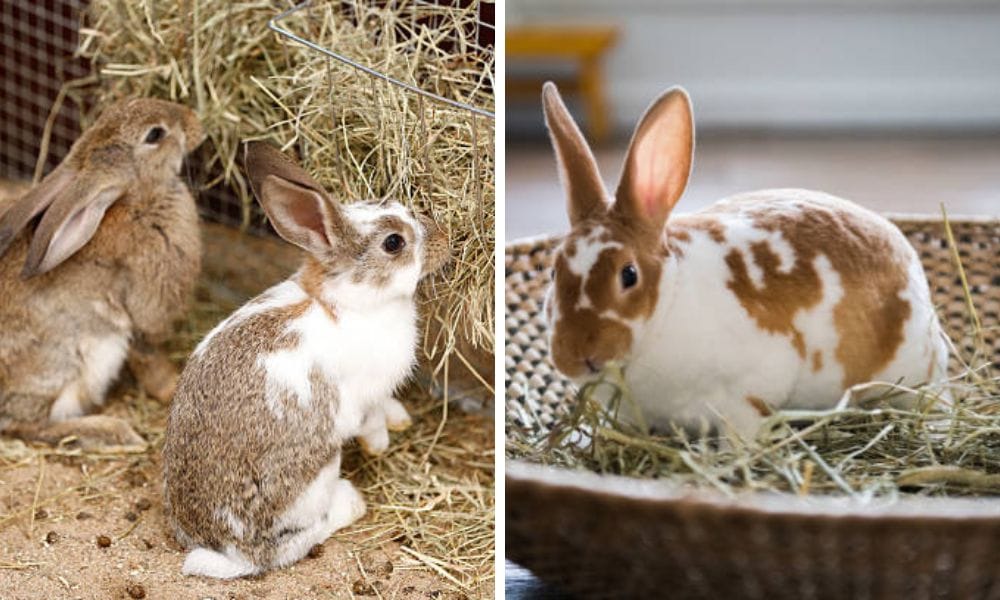
The Importance of Regular Cleaning
Regular cleaning of your rabbit's hay feeder is vital for preventing the buildup of bacteria and mold, which can be harmful to your bunny's health. A dirty hay feeder can also deter your rabbit from eating the hay, which is an essential part of their diet. Cleaning should be done at least once a week, or more often if you notice it getting soiled quickly. Remove any old or damp hay and wash the feeder with warm, soapy water, ensuring it's thoroughly rinsed and dried before adding fresh hay.
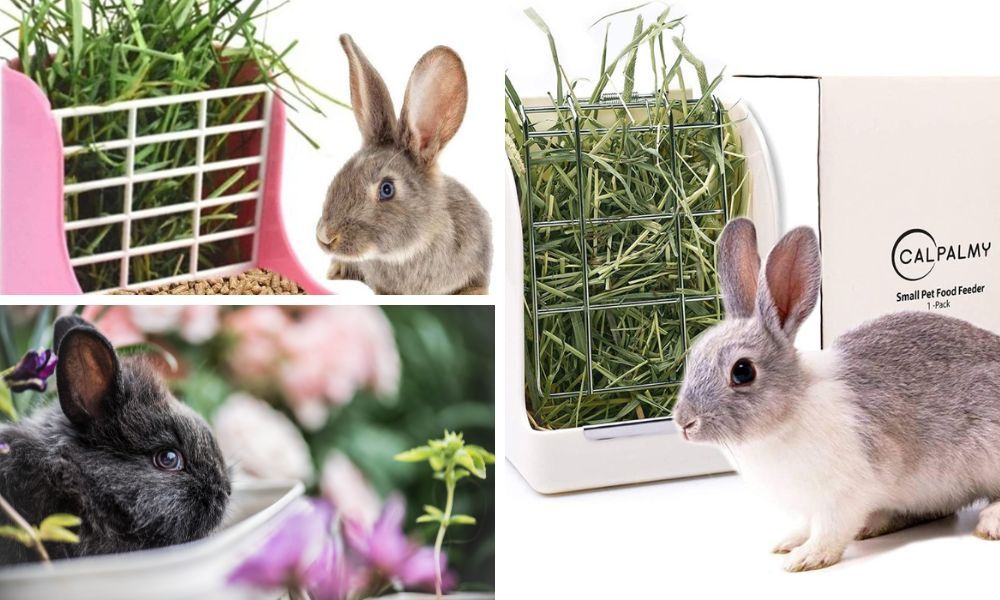
The Best Hay for Your Bunny
The type of hay you choose is as important as the feeder itself. Timothy hay is a great choice for adult rabbits, while younger bunnies may benefit from alfalfa hay, which is higher in calcium. The quantity of hay is also crucial; rabbits should have unlimited access to hay to support their digestive health and dental care. Always provide fresh, high-quality hay to keep your rabbit healthy and happy.
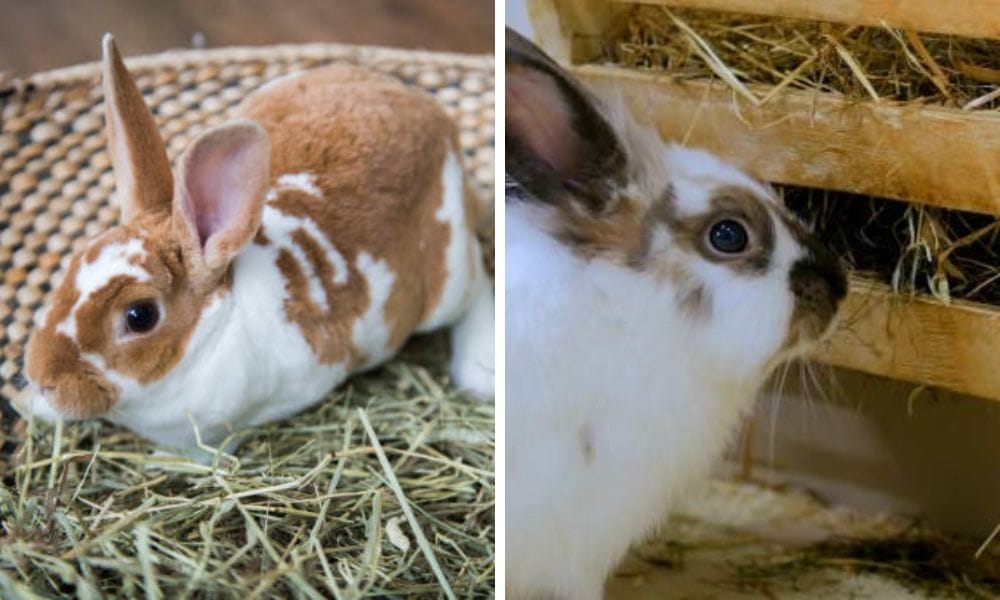
How to Keep Hay Fresh and Appetizing
To keep the hay in the feeder fresh and appealing to your rabbit, store your hay in a cool, dry place away from direct sunlight. This will preserve its nutritional value and prevent it from becoming stale or moldy. Additionally, consider a hay feeder combo that includes a separate area for other food items or treats to add variety to your rabbit's diet and encourage them to forage.
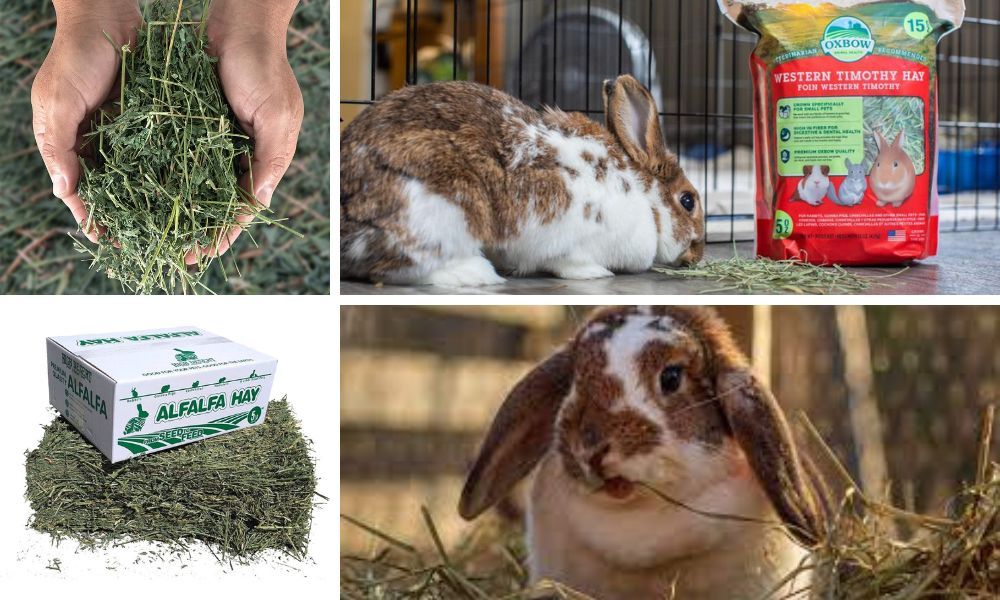
Integrating a Hay Feeder into Your Rabbit's Diet Routine
When introducing a rabbit hay feeder into your bunny's habitat, it's essential to integrate it seamlessly into their diet routine. Rabbits thrive on consistency, and a sudden change can sometimes be met with resistance. Start by placing small quantities of hay in the feeder while still leaving some in their usual feeding spots. This way, your rabbit can explore the new feeder at their own pace. Over time, they will associate the feeder with their daily meals and begin to use it more frequently.
To make the transition even smoother, consider using a combo hay feeder that also allows space for other food items your rabbit enjoys. By combining their favorite treats with the hay in the feeder, your bunny will be more inclined to investigate and accept the new feeding method. Remember, the goal is to make your rabbit happy and comfortable with their feeding routine, so patience and gradual changes are key.
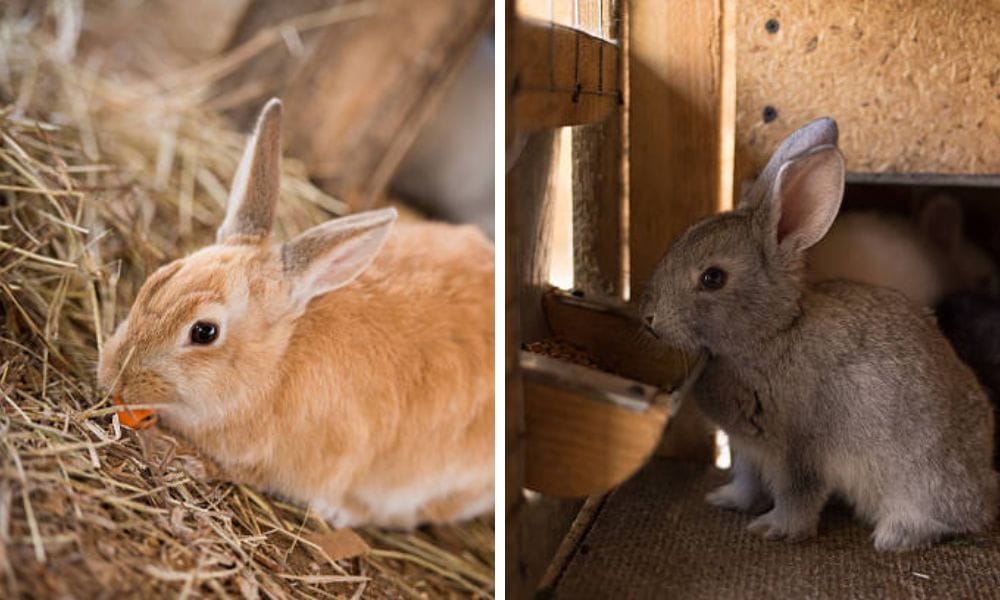
Customizing Your Rabbit's Hay Feeder for Enrichment
Customizing your rabbit's hay feeder can add a level of enrichment that keeps them engaged and happy. If you're using a rabbit wood hay feeder, consider attaching various materials to it that your bunny can play with or chew on. This not only encourages interaction with the feeder but also promotes dental health as they gnaw on safe woods and materials. Always ensure that any additions are safe for rabbits and securely attached to prevent any accidents.
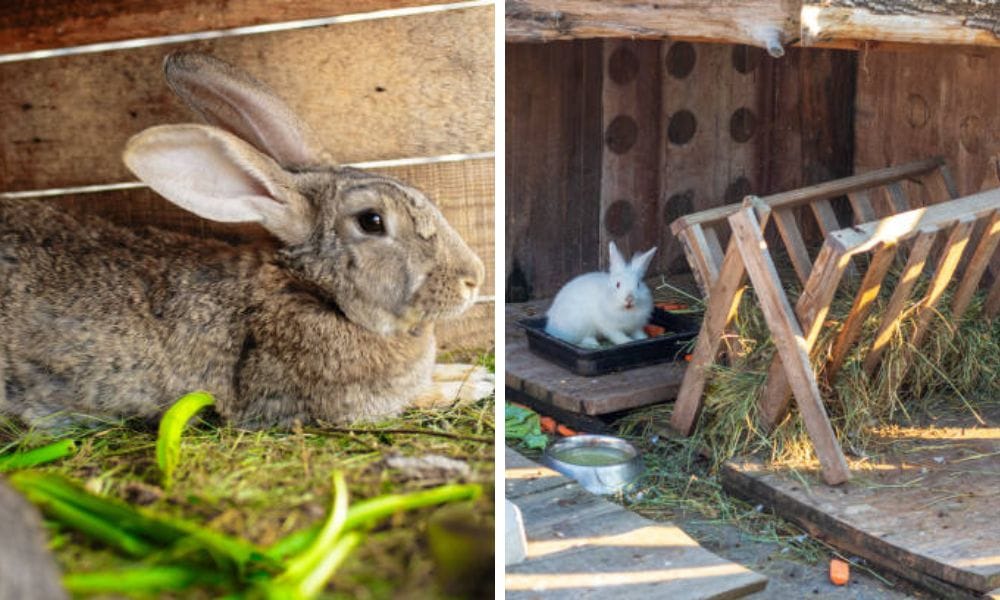
Another way to enrich your rabbit's feeding experience is to periodically change the type of hay or mix in different flavors. Rabbits love variety, and introducing new tastes can stimulate their senses and keep them interested in their hay feeder. You can even hide small treats within the hay to encourage foraging behavior, which is a natural and enjoyable activity for bunnies. By keeping the hay feeder experience fresh and exciting, your rabbit will always enter their feeding time with enthusiasm.
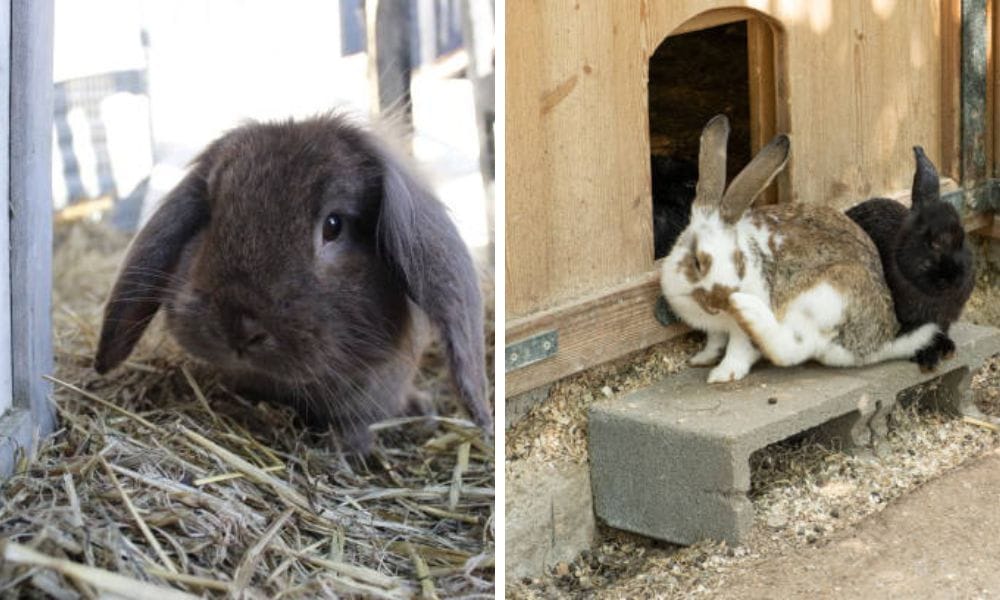
Troubleshooting Common Hay Feeder Issues
Sometimes, you may encounter issues with your rabbit's hay feeder, such as the hay getting stuck or the feeder becoming detached from the cage. If hay is getting stuck, check to see if the feeder is overfilled or if the hay is too long and needs to be broken into smaller pieces. If the feeder is frequently becoming detached, ensure that all attachment mechanisms are secure and consider upgrading to a sturdier model if necessary.
Upgrading Your Rabbit's Hay Feeder
As your rabbit grows or your needs change, you might find it necessary to upgrade to a new hay feeder. Look for feeders that offer easier cleaning, better durability, or improved access for your rabbit. Adding new items to your rabbit's enclosure, like a new hay feeder, can also provide environmental enrichment, keeping your bunny engaged and active.
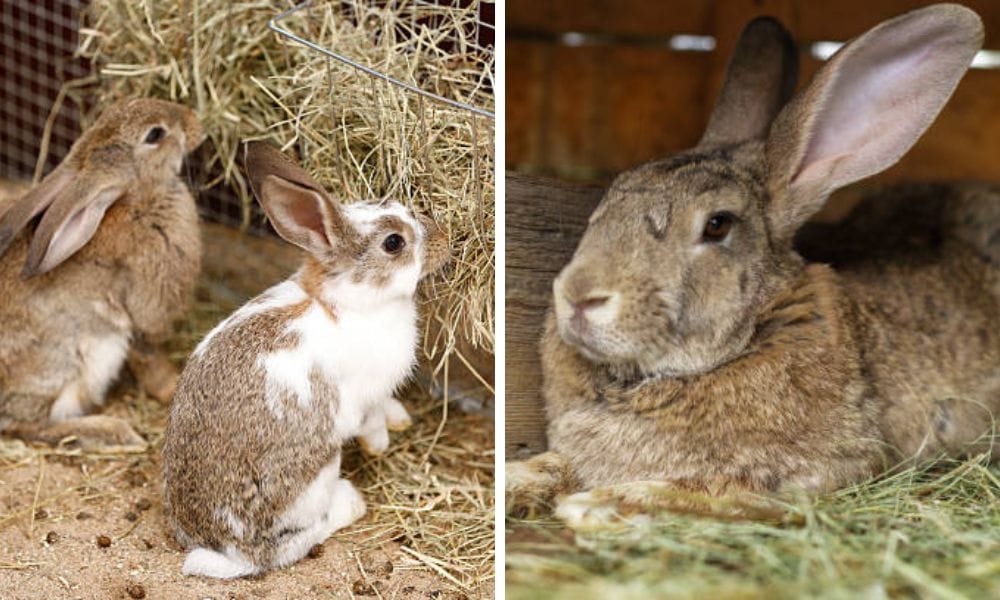
DIY Hay Feeder Ideas
For those who love to add a personal touch to their rabbit's items, DIY hay feeders can be a fun and cost-effective option. You can use safe, untreated wood to create a custom feeder that fits perfectly in your rabbit's enclosure. Just make sure that any materials used are non-toxic and safe for rabbits to chew on. DIY projects can also be a great way to involve the whole family in caring for your bunny.
Encouraging Your Rabbit to Use the Hay Feeder
If your rabbit is hesitant to use their new hay feeder, there are a few tricks to encourage them. Place the hay feeder near their favorite resting spot or mix in a few of their favorite herbs or greens with the hay. Over time, your rabbit will associate the feeder with positive experiences and will be more likely to use it regularly.
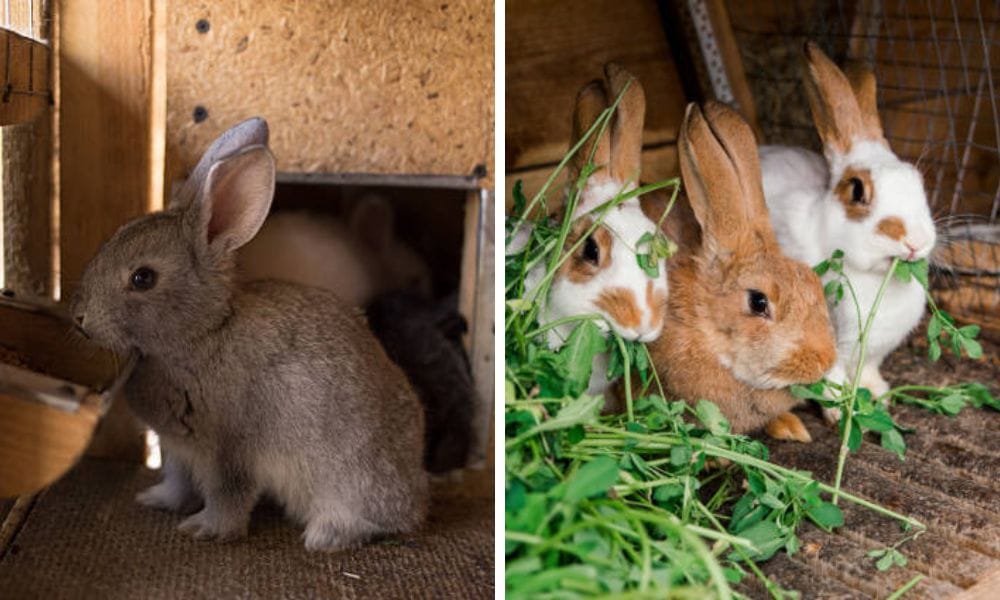
Summary
Maintaining and cleaning your rabbit's hay feeder is essential for your bunny's health and well-being. By selecting the right feeder, keeping it clean, and providing fresh, high-quality hay, you can ensure that your rabbit remains happy and healthy. Regular maintenance, troubleshooting common issues, and considering upgrades or DIY options can enhance your rabbit's eating experience and make your life easier. Remember, a well-cared-for hay feeder is a key component of a happy rabbit home.
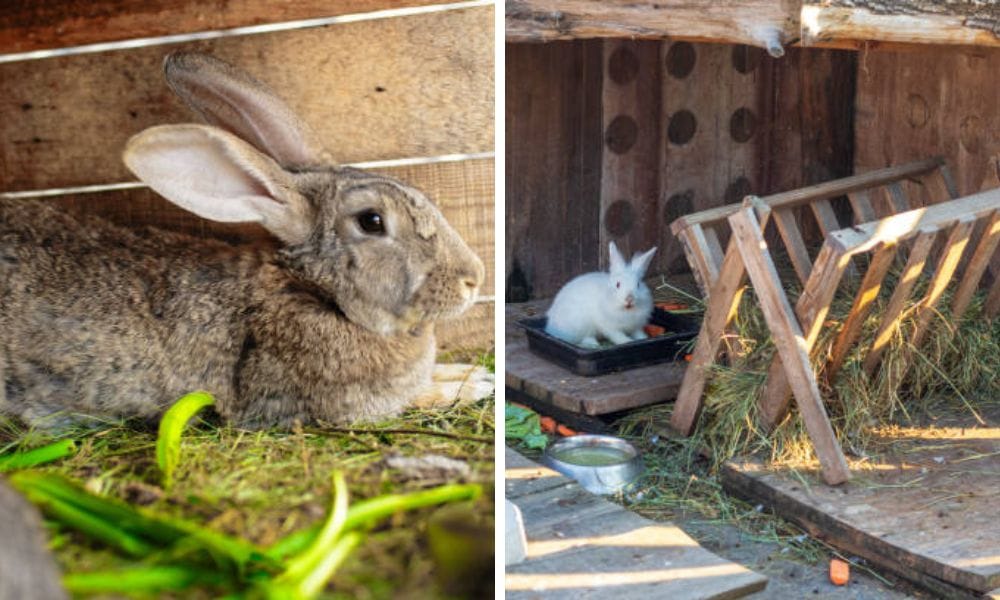
FAQ Section
Q: How often should I clean my rabbit's hay feeder? A: You should clean your rabbit's hay feeder at least once a week, or more frequently if it becomes soiled quickly. Always remove old or damp hay to prevent the growth of bacteria and mold.
Q: Can I make my own hay feeder for my rabbit? A: Yes, you can create a DIY hay feeder using safe, untreated wood or other non-toxic materials. Ensure that any materials you use are safe for rabbits to chew on.
Q: What type of hay is best for my rabbit? A: Timothy hay is generally the best choice for adult rabbits, while alfalfa hay may be better for younger bunnies due to its higher calcium content. Always provide unlimited access to fresh, high-quality hay for your rabbit's health.

